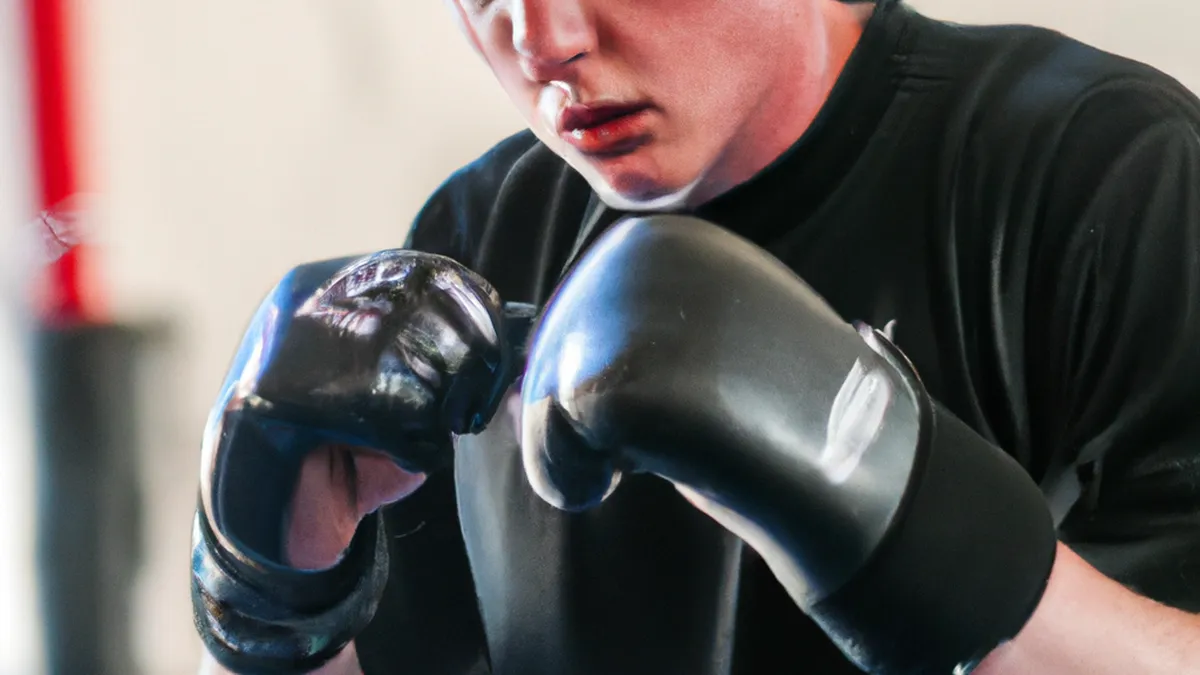Harmonizing Education with Athletic Performance Goals
Balancing Academic Commitments and Athletic Training
As an Amazon Associate I earn from qualifying purchases.
Gear tip: consider standing desk balance board, desk cycle and insulated water bottle to support this workout.
Balancing academic commitments and athletic training often feels overwhelming. Many students struggle with classes, homework, and practice schedules. However, you can excel in both areas with effective strategies and a positive mindset. This blog shares practical tips to help you achieve balance while focusing on health and well-being.
Tips for Effective Time Management
Prioritize Your Tasks
Create a priority list to manage your time effectively. Identify urgent academic assignments and training sessions. Use a planner, whether digital or paper, to visualize your week clearly. This representation helps you allocate time based on deadlines and training. Knowing what’s urgent reduces stress and prevents last-minute cramming.
Consider the Eisenhower Matrix to categorize your tasks. This matrix divides tasks into four quadrants: urgent and important, important but not urgent, urgent but not important, and neither urgent nor important. This method helps you focus on high-priority tasks first.
Set Realistic Goals
Establish achievable goals for academics and athletics. Break larger goals into smaller, manageable tasks. For example, divide a project into sections instead of completing it all at once. Allocate specific time blocks for each section to make the task less daunting. This approach helps maintain your focus and gives a sense of accomplishment.
In athletics, set SMART goals: specific, measurable, attainable, relevant, and time-bound. This framework allows you to track progress and stay motivated.
Use Technology Wisely
Technology can help you manage your time effectively. Leverage apps for time management and organization. Calendar apps can remind you of deadlines and training sessions, ensuring you never miss important dates. Use productivity apps to enhance focus during study sessions. For example, try the Pomodoro Technique: study for 25 minutes, then take a 5-minute break. These tools streamline your workflow and free up time for both studies and training.
Advice on Maintaining Physical and Mental Health
Prioritize Rest and Recovery
Balancing academics and athletics demands significant energy. Prioritize rest and recovery for optimal performance. Aim for 7-9 hours of sleep each night. A well-rested mind performs better academically and physically. Sleep supports memory consolidation and cognitive function.
Incorporate rest days into your training schedule. Overtraining leads to burnout and diminished performance. Listen to your body; if you feel fatigued, take a break.
Conclusion
In summary, you can achieve balance in academics and athletics with effective strategies. Prioritize tasks, set realistic goals, use technology wisely, and ensure adequate rest.
Below are related products based on this post:
FAQ
How can I effectively prioritize my academic and athletic tasks?
To prioritize your tasks, create a priority list that identifies urgent academic assignments and training sessions. Using a planner, either digital or paper, can help visualize your week and allocate time based on deadlines and training. The Eisenhower Matrix is also a useful tool for categorizing tasks into four quadrants to focus on high-priority items first.
What strategies can I use to set realistic goals for both academics and athletics?
Establish achievable goals by breaking larger objectives into smaller, manageable tasks. For academics, divide projects into sections and allocate specific time blocks for each. In athletics, utilize the SMART goals framework—specific, measurable, attainable, relevant, and time-bound—to track your progress and maintain motivation.
How important is rest and recovery in balancing academics and athletics?
Rest and recovery are crucial for maintaining optimal performance in both areas. Aim for 7-9 hours of sleep each night, as well-rested individuals perform better academically and physically. Incorporating rest days into your training schedule is essential to prevent burnout and overtraining, so listen to your body and take breaks when needed.















Post Comment